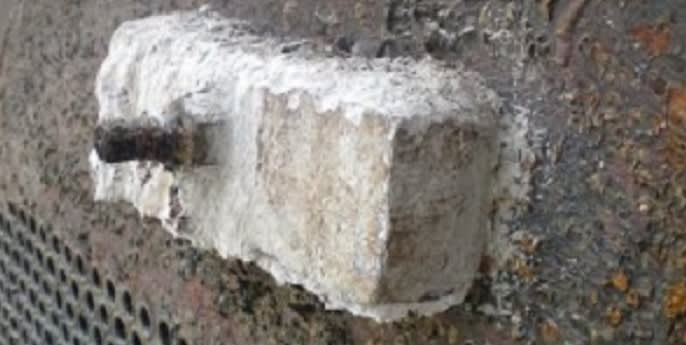Reformator
Materials
Dear all,
During this turnaround we discovered that some coolers had deposits at sacrificial anodes at distribution chamber and some were consumed. Those anodes that had deposits on them didn't have any traces of deposit at the tube bundle. If anybody had an experience on having the same issue could you please advice why it is happening?
During this turnaround we discovered that some coolers had deposits at sacrificial anodes at distribution chamber and some were consumed. Those anodes that had deposits on them didn't have any traces of deposit at the tube bundle. If anybody had an experience on having the same issue could you please advice why it is happening?

